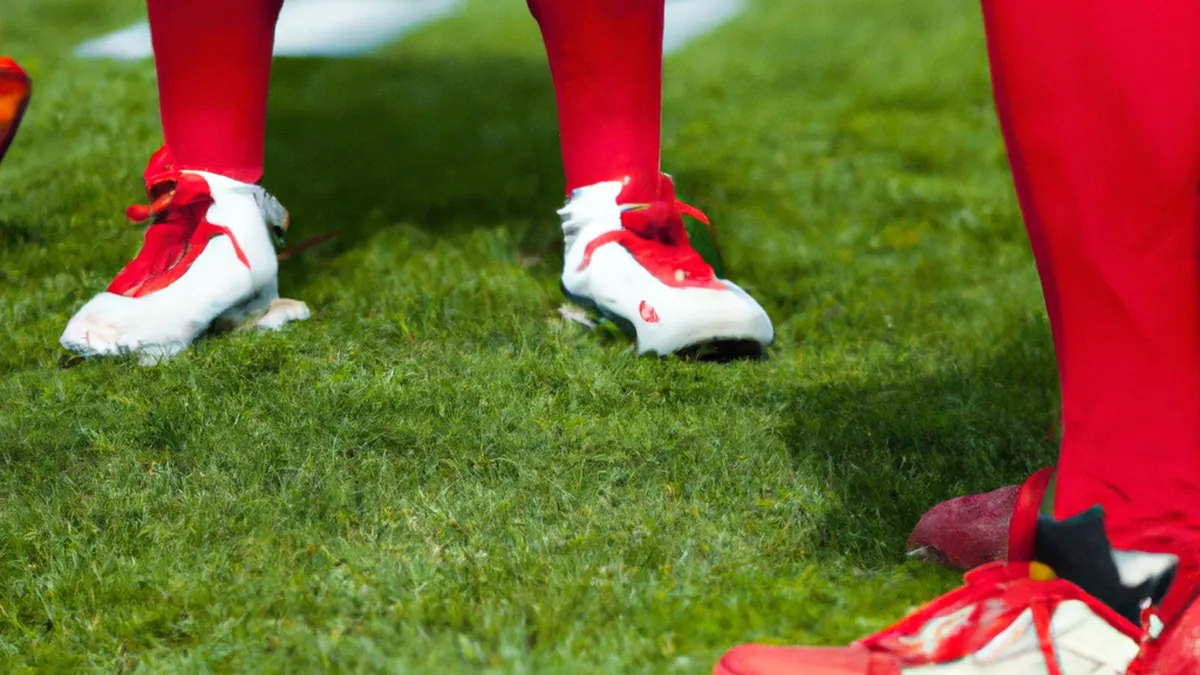Food Diary Challenge: 30 Days to Better Eating
Utilizing Food Diaries: Analyze Your Eating Habits for ImprovementTrack your food intake to boost your health. A food diary reveals your eating habits. With this knowledge, you can make better choices and enhance your nutrition. This blog post explains how to use a food diary effectively.
As an Amazon Associate I earn from qualifying purchases.
Gear tip: consider anti chafe balm, compact home gym set, and foldable yoga mat to support this topic.
Getting Started with Your Food Diary
Starting a food diary is simple. Use a notebook, an app, or a spreadsheet. Consistency is key. Record everything you eat and drink, including portion sizes and timings. This detail helps you analyze your habits later.Commit to tracking for one week. Record every meal, snack, and beverage. Note any emotions or situations that accompany your eating. This context reveals behavior patterns.
Choose Your Format
You have multiple options for recording your food intake. Many prefer apps for their convenience. Apps often track calories and nutrients easily. If you like writing, choose a portable notebook. Ensure your format is user-friendly.
Be Honest and Detailed
Be honest for maximum benefit from your food diary. Record everything, including unhealthy snacks. Avoid skipping entries, as this undermines your effort. The more detail you provide, the clearer your eating patterns become.
Analyzing Your Eating Habits
After one week, analyze your entries. Look for patterns in your eating habits. Identify specific times you snack. Do you eat when bored or stressed? Recognizing these patterns guides your improvements.
Identify Nutritional Gaps
Examine the nutritional quality of your meals. Are you consuming enough fruits and vegetables? Do you eat too much sugar or processed food? Create a list of foods to add or reduce. This list assists in making healthier choices.
Track Your Portions
Portion sizes are crucial. Many underestimate how much they eat. Review your entries to see if your portions match your goals. If you often overeat, measure your food for a week. This practice clarifies true portion sizes.
Tips for Improvement
After analyzing your food diary, implement changes. Here are actionable tips to improve your eating habits.
Set Realistic Goals
Set achievable goals to start. For example, commit to adding one serving of vegetables to each meal. This small change leads to significant improvements over time.
Plan Your Meals
Meal planning simplifies healthy eating. Each week, plan your meals and snacks. Prepare a grocery list based on your plan. This strategy reduces impulsive, unhealthy choices.
Stay Mindful
Mindful eating transforms your relationship with food. Eat without distractions. Chew slowly and savor each bite. This practice helps you recognize fullness, preventing overeating.
Benefits of Keeping a Food Diary
A food diary offers numerous benefits. First, it increases your awareness of eating habits. This awareness promotes better food choices. Second, it helps identify triggers for unhealthy eating. Understanding triggers fosters healthier coping mechanisms.Additionally, a food diary boosts motivation. Tracking progress enhances your commitment to goals. Seeing achievements in writing reinforces positive behavior changes.Finally, it improves health. Making informed dietary choices helps achieve nutritional goals. You may experience weight loss, increased energy, and better overall well-being.
Conclusion
A food diary is a powerful tool for improving eating habits. Tracking what you eat provides valuable insights into nutritional patterns. Analyze entries, set realistic goals, and practice mindful eating. The benefits range from increased awareness to improved health. Start your food diary today and take the first step towards a healthier you.
Below are related products based on this post:
FAQ
What is a food diary?
A food diary is a tool used to track your food intake, revealing your eating habits. By recording everything you eat and drink, including portion sizes and timings, you can gain insights into your nutrition and make better dietary choices.
How do I start a food diary?
Starting a food diary is simple; you can use a notebook, an app, or a spreadsheet. It is essential to commit to tracking your intake for at least one week and to include details about your meals, snacks, beverages, and any emotions associated with your eating.
What should I do after a week of tracking my food?
After one week, analyze your entries to identify patterns in your eating habits, such as specific snacking times or emotional triggers. This analysis can help you recognize nutritional gaps and portion sizes, guiding you toward making healthier changes in your diet.















Post Comment